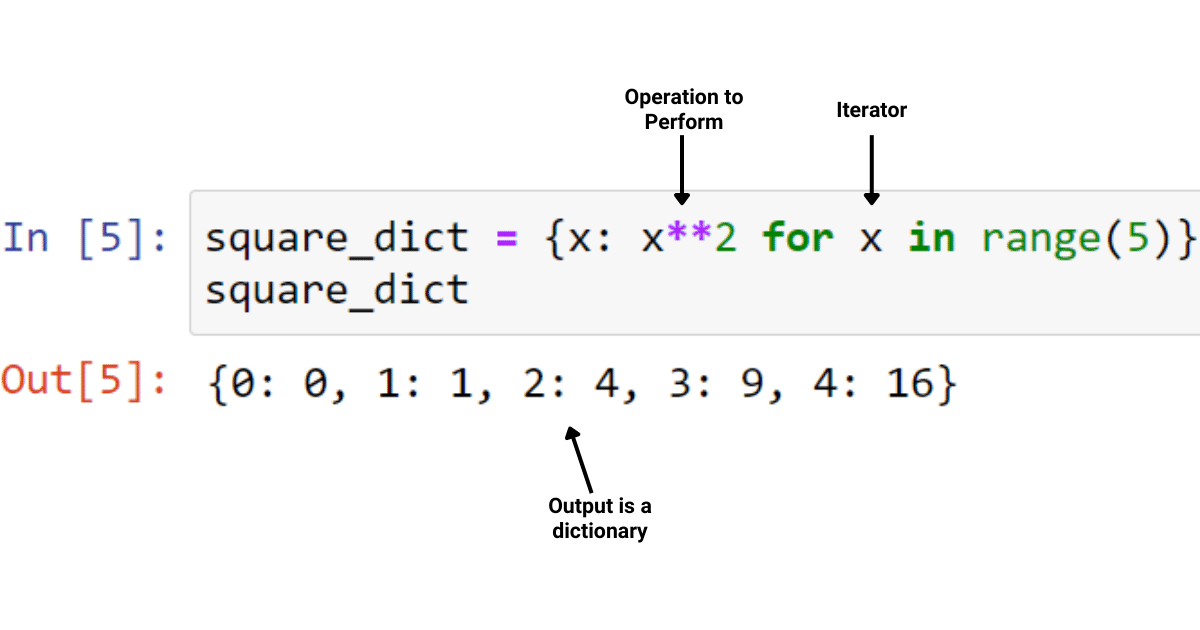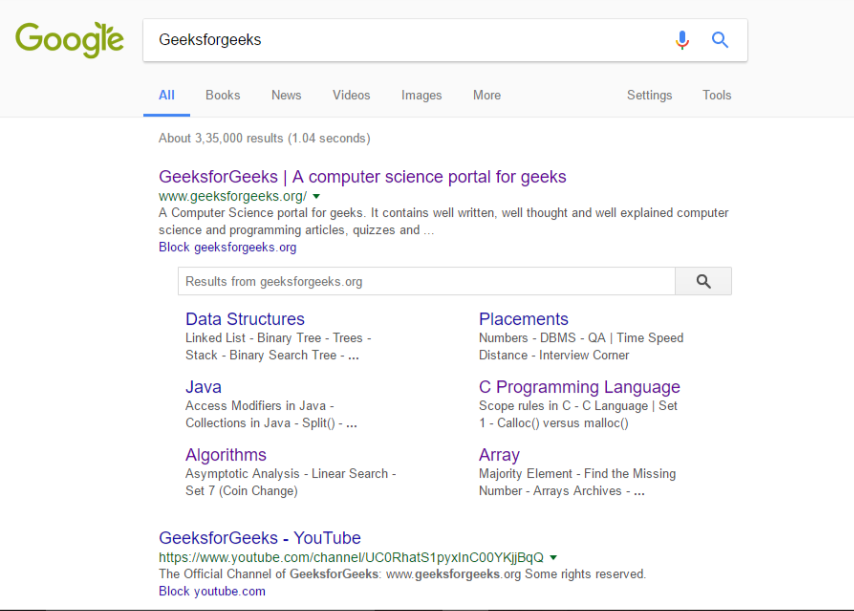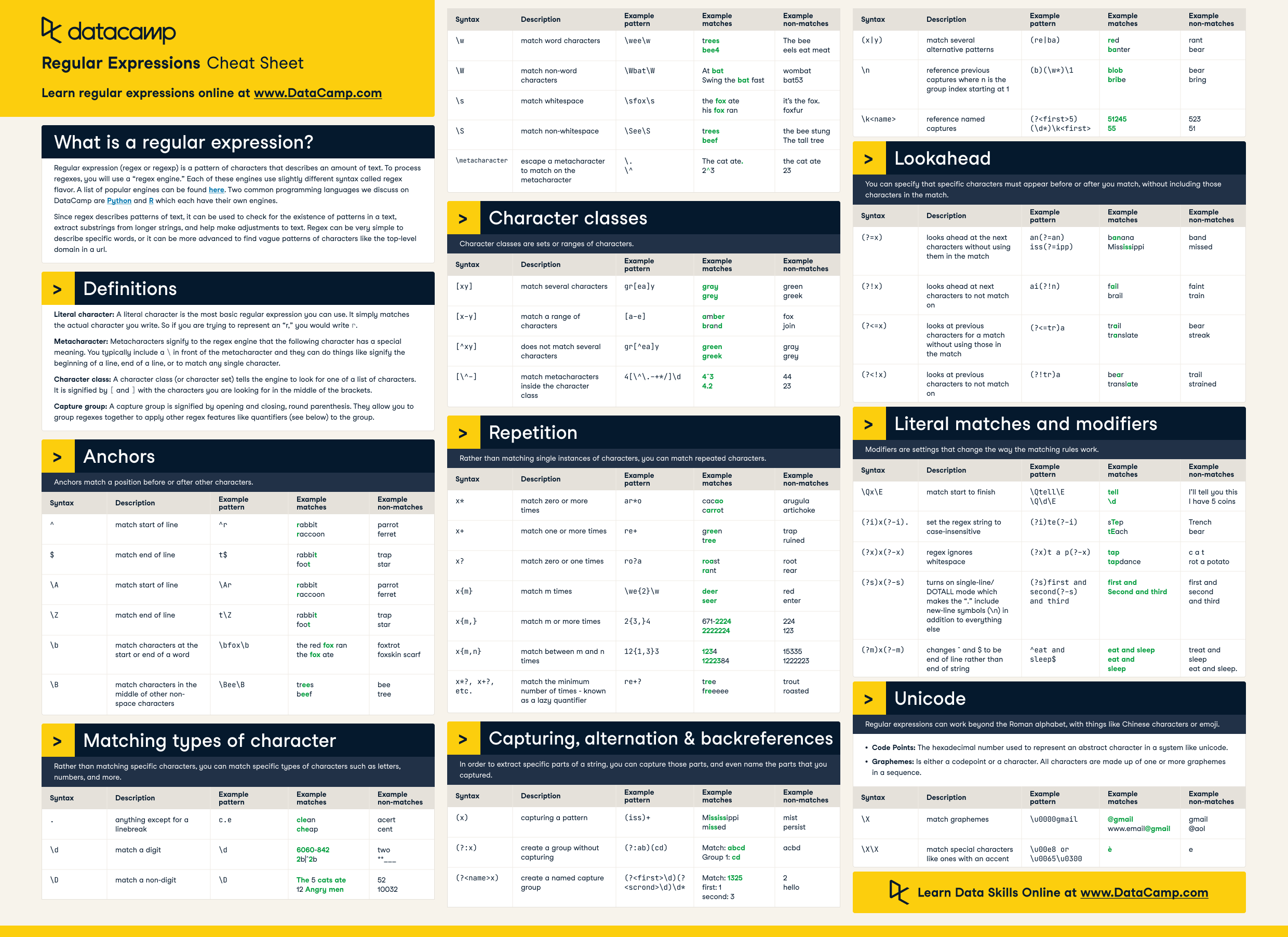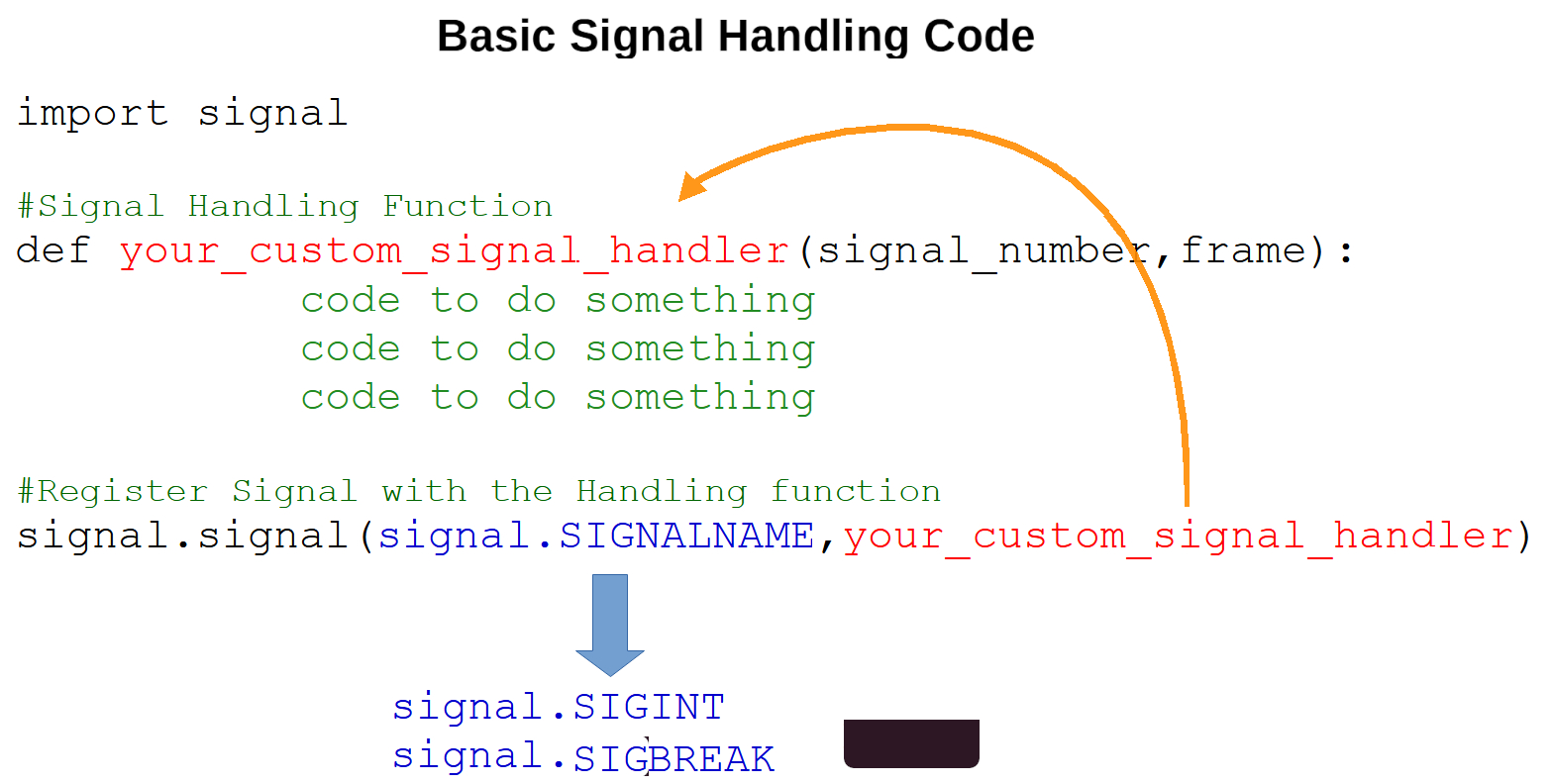Dictionary comprehension Python
Dictionary comprehension Python

Dictionary Comprehension in Python: A Power Tool for Data Processing
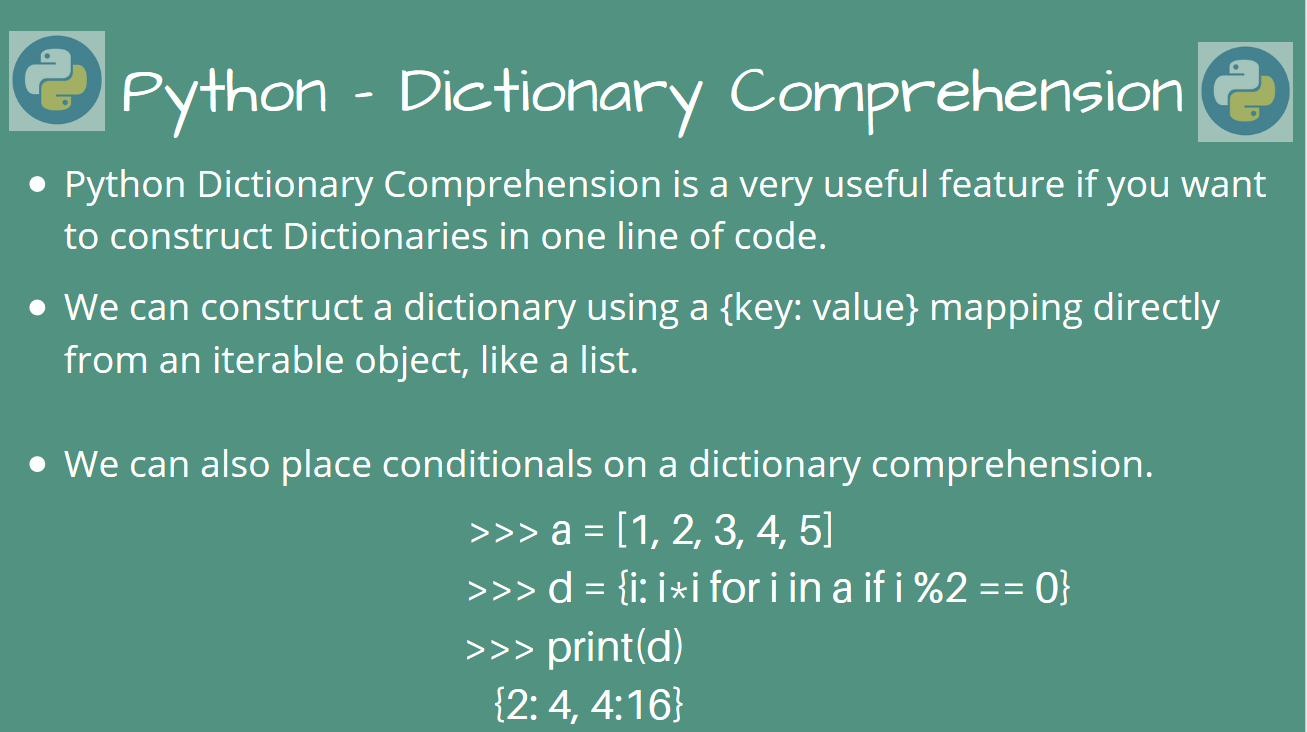
Dictionary comprehension is a powerful feature in Python that allows you to create dictionaries from other iterables, such as lists or tuples, using a concise syntax. This feature is particularly useful when working with data processing tasks, where you need to manipulate and transform data in various ways.
What is Dictionary Comprehension?

Dictionary comprehension is a way of creating a new dictionary based on the keys and values from another iterable. The basic syntax for dictionary comprehension is:
{key_expression: value_expression for item in iterable}
Where item is an element from the iterable, key_expression is an expression that returns the key, and value_expression is an expression that returns the value.
Example 1: Creating a Simple Dictionary
Suppose you have a list of students with their names as strings, and you want to create a dictionary where each name corresponds to a random age:
students = ["John", "Mary", "David"]ages = [25, 30, 22]
student_dict = {name: age for name, age in zip(students, ages)}
print(student_dict) # Output: {'John': 25, 'Mary': 30, 'David': 22}
In this example, we use the zip function to iterate over both the list of students and the list of ages simultaneously. The dictionary comprehension creates a new dictionary where each student's name is the key and their age is the value.
Example 2: Transforming Data
Suppose you have a list of numbers and you want to create a dictionary where each number corresponds to its square:
numbers = [1, 2, 3, 4, 5]square_dict = {number: number ** 2 for number in numbers}
print(square_dict) # Output: {1: 1, 2: 4, 3: 9, 4: 16, 5: 25}
In this example, we use the dictionary comprehension to create a new dictionary where each number is the key and its square is the value.
Example 3: Filtering Data
Suppose you have a list of students with their grades, and you want to create a dictionary that only includes students with grades above a certain threshold:
students = ["John", "Mary", "David", "Emily"]grades = [85, 90, 78, 92]
threshold = 80
filtered_dict = {student: grade for student, grade in zip(students, grades) if grade > threshold}
print(filtered_dict) # Output: {'Mary': 90, 'Emily': 92}
In this example, we use the dictionary comprehension to create a new dictionary that only includes students with grades above the specified threshold.
Conclusion
Dictionary comprehension is a powerful feature in Python that allows you to create dictionaries from other iterables using a concise syntax. This feature can be used for various data processing tasks, such as transforming, filtering, and manipulating data. With dictionary comprehension, you can write more concise and efficient code, making your life as a Python programmer easier!
What is the list comprehension in Python?

I'm happy to respond in English for you!
List comprehension is a powerful feature in Python that allows you to create new lists from existing lists or other iterables by applying some transformation or filter operation. It's a concise and efficient way to create a new list, making your code more readable and maintainable.
The basic syntax of list comprehension is as follows:
[expression for variable in iterable]
Here, expression is the operation you want to perform on each element of the iterable. The variable is used to refer to each element of the iterable during the iteration. The resulting list will contain the values returned by the expression for each element.
For example, consider a list of numbers and you want to create a new list with only the even numbers:
numbers = [1, 2, 3, 4, 5, 6]
even_numbers = [n for n in numbers if n % 2 == 0]
print(even_numbers) # Output: [2, 4, 6]
In this example, the list comprehension is [n for n in numbers if n % 2 == 0]. It iterates over each number n in the numbers list and checks if it's even (i.e., n % 2 == 0). If it is, then the number is included in the resulting list.
List comprehensions can also involve multiple lists or iterables. For example:
students = [{'name': 'John', 'age': 20}, {'name': 'Jane', 'age': 21}]
names_and_ages = [(s['name'], s['age']) for s in students]
print(names_and_ages) # Output: [('John', 20), ('Jane', 21)]
In this example, the list comprehension is [(s['name'], s['age']) for s in students]. It iterates over each student s in the students list and creates a new tuple containing the student's name and age.
Another powerful feature of list comprehensions is the ability to use conditional statements (like if) or logical operators (like and and or). For example:
numbers = [1, 2, 3, 4, 5, 6]
even_or_greater_than_3 = [n if n % 2 == 0 else 'Not even' for n in numbers]
print(even_or_greater_than_3) # Output: ['Not even', 2, 'Not even', 4, 'Not even', 6]
In this example, the list comprehension is [n if n % 2 == 0 else 'Not even' for n in numbers]. It iterates over each number n in the numbers list and checks if it's even (i.e., n % 2 == 0). If it is, then the number is included in the resulting list. Otherwise, the string 'Not even' is included.
In summary, list comprehensions are a concise way to create new lists from existing iterables by applying some transformation or filter operation. They're an essential part of Python programming and can make your code more readable, maintainable, and efficient.
Hope this helps!
